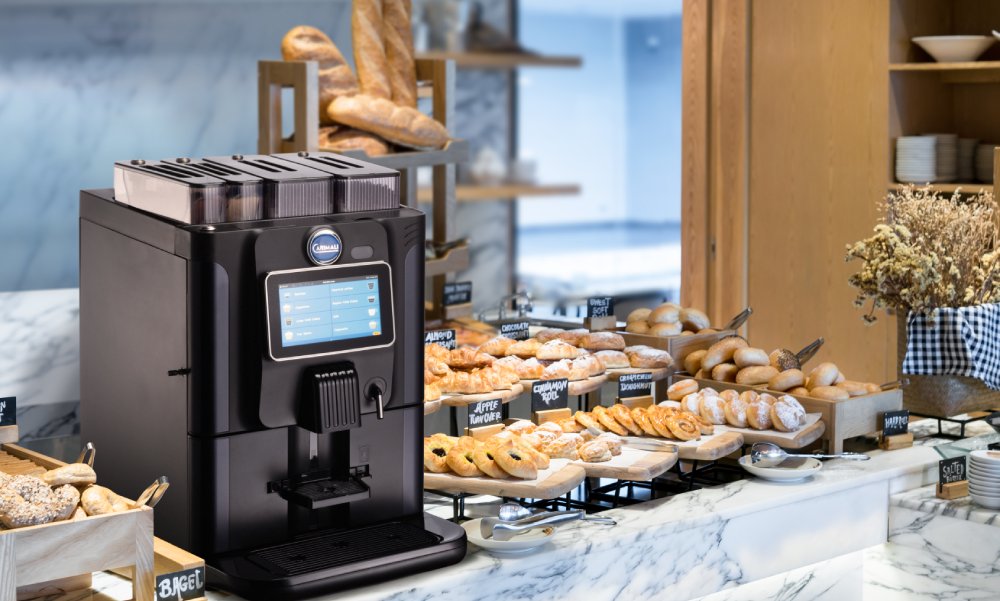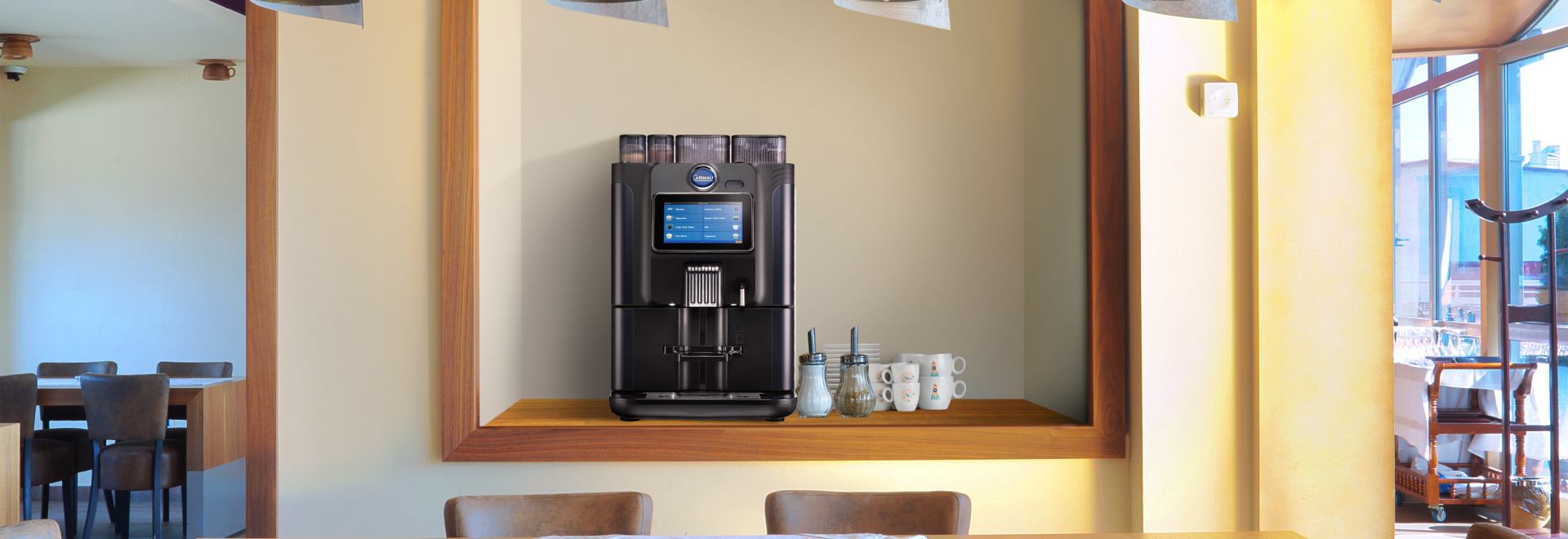How much can a superautomatic coffee machine actually reduce labour costs?
Jenna Gottlieb speaks with Kamal Bengougam to explore how superautomatic coffee machines can help reduce labour costs across a range of businesses
For businesses across the retail and hospitality sectors, labour costs account for a considerable proportion of expenditure. Approximate figures suggest that labour accounts for 30% of revenue in coffee shops, 25% for hotels, and 10% for convenience stores.
“Coffee shop labour costs account for a minimum of 30% as a percentage of revenues, and when you are busy, that is fine – but what do you do in downtimes?” asks Kamal Bengougam, managing partner of Coffee Pilgrims.
And the downtimes are no longer just quieter moments during the day. Despite a generally positive recovery since the pandemic, many cafés continue to battle against rising at-home consumption and increased competition from cheaper alternatives such as ready-to-drink (RTD) coffee.
At the same time, labour shortages are a persistent problem for coffee shops. “Rent and labour costs are the two highest elements of the operating expenditures of a coffee shop,” says Kamal Bengougam, managing partner of Coffee Pilgrims. “And, with the rising costs of labour due to global inflation, this is making it much worse for coffee shops.”
Coffee shops are adapting to a reduced workforce by altering their operating hours and adjusting what they offer. Others have implemented incentives to retain their staff, such as referral bonuses, higher pay, and shorter shifts – all of which have significant financial implications.
As an alternative, superautomatic coffee machines can provide a safer and easier option – something being experienced in other retail and hospitality sectors. For locations such as universities, convenience stores, hotels, and gyms, they can help save on labour costs and improve coffee quality at the same time.

How much can a superautomatic coffee machine save you?
But how much can businesses feeling the strain of labour shortages and rising wages actually save with a superautomatic coffee machine?
“Superautomatic coffee machines can give you a higher level of productivity as well as a reduced requirement for skilled workers,” says Kamal. “That combination can reduce your costs significantly as well as increase revenues through speed of service.
“The challenge will be to ensure that super autos are of the highest quality and not only offer leading functionality but also provide in-cup quality commensurate with traditional equipment.”
At the same time, businesses must find a superautomatic coffee machine that fits their specific needs. Rising costs are impacting various hospitality locations, each with its own unique requirements.
For instance, service stations typically experience a higher customer volume. In such cases, the Carimali SilverAce Power, capable of producing 400 drinks daily, is a suitable choice to meet the demands of a busy environment.
On the other hand, the BlueDot Plus is an ideal choice for settings like gyms or hotels, prioritising a user-friendly experience and offering a diverse selection of beverages.
Ultimately, the superautomatic coffee machine market has developed to such a point where there are various models to meet specific business needs. These machines require minimal training to use and less staff to operate them – greatly reducing labour costs in all situations.
“Superautomatics can adapt to all types of business models – self-service, vending, unattended as well as manned business models,” says Kamal. “In a vending environment, such as Kiosoft in North America, you have a small footprint and low labour costs – just logistics. This way, you can be profitable on less than 50 sales per day.”
Identifying a precise monetary saving would vary depending on the specific context. However, in general, Kamal believes the potential savings for a coffee shop environment can be significant.
“I would say a superautomatic coffee machine can give you one-third savings on your labour force – so about 10% of revenue – which can be the defining benchmark between being profitable or not,” he says.
Future goals and current demands
Some might argue that introducing superautomatic coffee machines in your business can be beneficial for efficiency and cost-saving, but it may compromise the other values that are essential to the coffee sector.
“In my opinion, superautomatics offer far more flexibility for business as well as help optimise profits,” he adds. “However, this should never be done at the expense of quality and sound customer service. Traditional machines still have a place as craftsmanship will always be valued as long as customer engagement remains important.”
Beyond balancing cost-savings with customer service and quality, superautomatic coffee machines could play a critical role in delivering emerging values that are beginning to shape the industry.
“Convenience is becoming an important value for consumers, and while traditional equipment needs to become more inventive and pragmatic, super autos need to continue to drive up in cup quality and flexibility,” says Kamal.
Indeed, in the future, businesses must strike the balance between convenience, price, and quality – and superautomatic coffee machines are likely to play a pivotal role in that effort.
For the time being, retail and hospitality businesses are expected to continue facing economic pressure and labour problems. And as customers increasingly demand coffee in various settings, superautomatic coffee machines can help a wide range of businesses provide high-quality coffee while managing costs.








